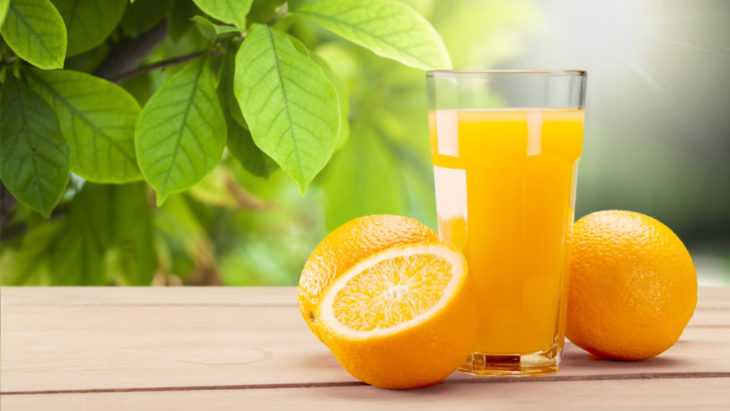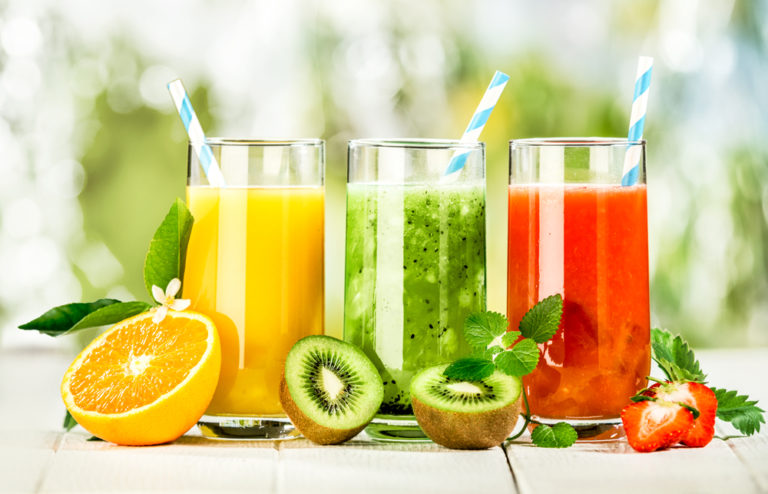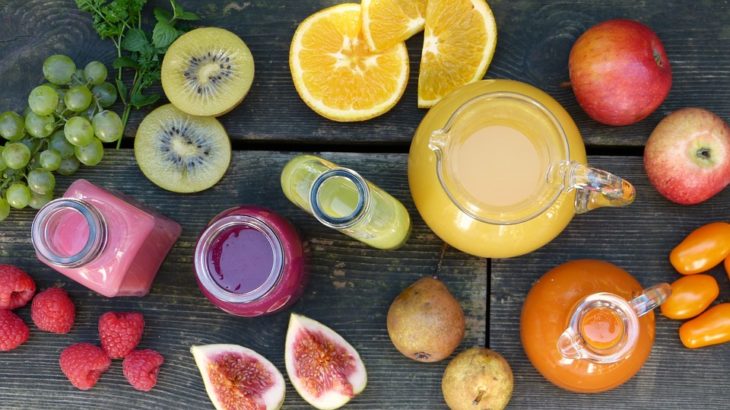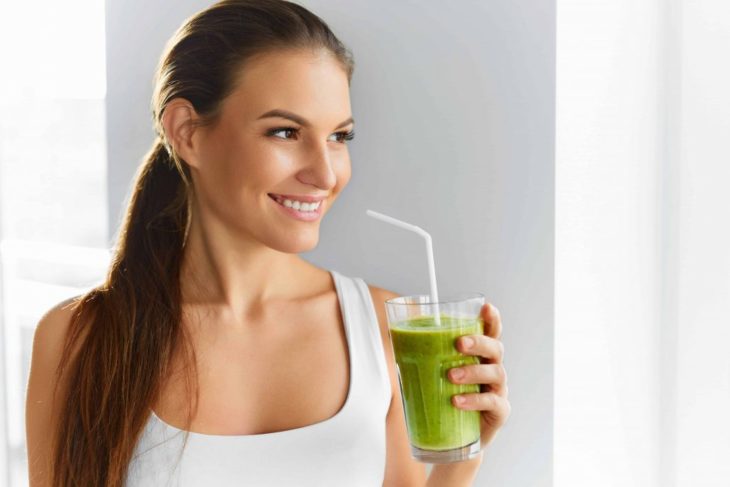According to CNN Health, a healthy dose of nutrients that your body can easily absorb cannot be found in canned or frozen fruits and veggies. Juice extracted from fresh fruits and vegetables contain concentrated amounts of vitamins and minerals.
In this post, you’ll learn how juice can affect your health so that you can take appropriate measures to ensure you don’t become unhealthy.
Contents
Fresh Juice Provides Energy and Nutrient Boost

Source: Shutterstock
Because the body readily absorbs the vitamins and minerals in juices, you get an instant energy and nutrient boost. You can use a high-quality juicer, just like the one found at https://goodnature.com/, to ensure that you get the most out of your favorite juices with less hassle and stress.
While some of the healthy fiber is lost when juicing, you can still do some tricks to ensure you’re getting the most out of the experience without dramatically spiking your blood sugar.
Here are some tips and tricks to avoid spiking your blood sugar and gain health benefits when juicing:
- If you choose to juice rather than eating whole fresh fruits and vegetables, don’t delay drinking it. Delaying drinking your freshly made juice will decrease the enzyme activity and antioxidant properties over time. Enzymes help with digestion, like those found in pineapples. Antioxidants get rid of free radicals in the body and balance inflammation.
- If you’re juicing and planning on drinking it later, storing it in an airtight glass container, refrigerating, and consuming within one day are the best ways to preserve the nutrient benefits of a juice.
- You can minimize fiber loss by combining some of the fruit pulp back into the extracted juice.
- The Academy of Nutrition and Dietetics also propose using the pulp to fortify other foods, like muffin batters, cakes, soups, or cooked rice.

Img source: Shutterstock
Juices May Reduce the Risk of Alzheimer’s Disease
In an epidemiological study of the Vanderbilt University Medical Center in 2006, researchers found that an average of 76% individuals who drank three or more servings of juices per week had reduced chances of developing Alzheimer’s disease compared to those people who drank fruit and veggie juice less than once a week.
Here are the facts and findings of the study:
- The previous study was called the Ni-Hon-Sea Project, which is a cross-cultural study of vascular dementia that also investigated Alzheimer’s disease in aging Japanese populations in Hawaii, Japan, and Seattle, Washington.

Source: Best Life
Because of the lower incidence rate of Alzheimer’s disease among the Japanese living in Japan as compared to those Japanese who live in the United States, researchers decided to choose this group. The study pointed out that diet and lifestyle are important contributory factors to the risk of developing Alzheimer’s disease.
- In the most recent study, the Kame Project, researchers have identified 1,836 dementia-free subjects and collected dietary data on their juice consumption and assessed for cognitive function and mental skills every two years within ten years. Confounding factors were controlled, such as fat intake, physical activity, and smoking.
- Those subjects who reported drinking fruit and veggie juices three times, or more, a week were 76% less likely to develop signs of Alzheimer’s disease. Researchers believe that polyphenols, which are non-vitamin antioxidants abundant in juices, teas, and wines, are responsible for reducing the risk of Alzheimer’s disease because of their stronger neuroprotective effect as compared to antioxidant vitamins.
Juice Help Maintain a Balanced Diet
Most fruit juices take less time to consume and are low in fiber, but provide nutrient supplementation, most especially among the sick and debilitated and those who have a poor appetite.
Despite the higher calorie-content of juices, you can still make your juice waistline-friendly by limiting your juice intake to no more than 200 calories per day, which is about 16 ounces of fruit varieties (like orange, grapefruit, and apple), 8 to 12 ounces of sugary juices (like pomegranate and grape), and 24 ounces of vegetable juices.

Source: Pixabay
Here are the other tips and tricks to make juicing health-friendly:
- Don’t deny your body with essential nutrients found in other foods, such as whole grains, healthy fats, and lean proteins. The most effective strategy to control calories is to maximize a variety of fruit and veggie sources and increase your nutritional intake in every glass by making your fresh blend at home.
- Choose the best fruits and vegetables containing fewer calories. Also, you can always add some beet greens or spinach leaves, which are excellent sources of iron.
- Green apples, pears, and berries have high water content, sweetening the flavor of your drink without having a high-calorie content.
- Always wash fruits and vegetables before you toss them into your juicer to remove any surface pesticides, dirt, and mold.
Conclusion

Source: Shutterstock
Juices can be healthy for you and your loved ones with proper preparation, amount, and intake. It’s essential to choose fruits and vegetables you juice to ensure they’re fresh, nutritious, and won’t make your blood sugar too high.
Also, a juicer is a valuable tool you can use to ensure you get the most nutritional benefits of creating juices to help boost your energy to go throughout the day.
